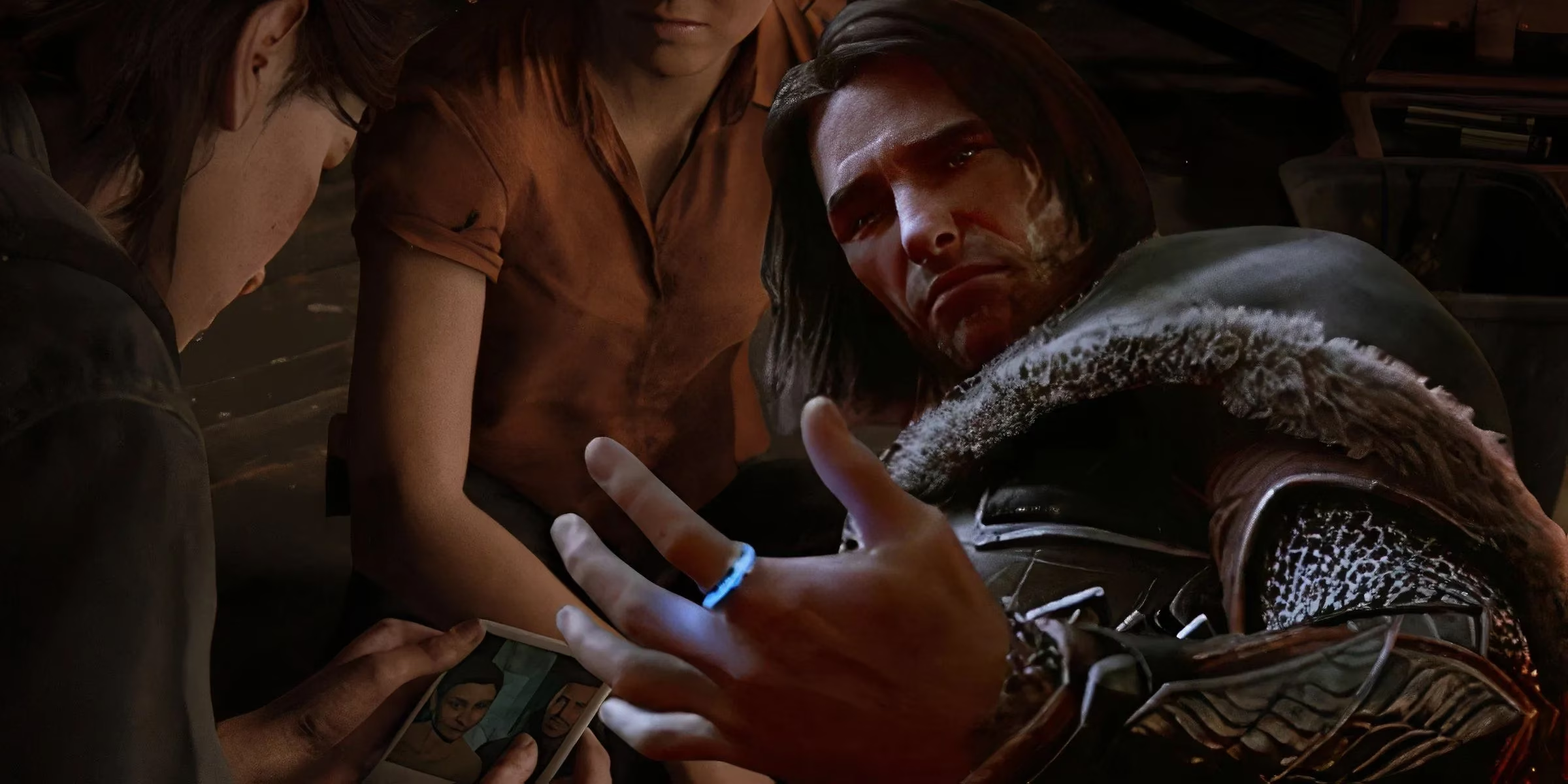The Last of Us Legacy and the Ghost of the Nemesis System
Discover how the innovative Nemesis System could have revolutionized The Last of Us franchise, blending visceral storytelling with dynamic enemy rivalries, had it not been locked away until 2036.
The haunting silence surrounding Naughty Dog's iconic franchise grew louder in 2025. With The Last of Us Complete Edition cementing the saga's conclusion and the multiplayer spin-off canceled indefinitely, Ellie and Joel's journey seemed destined to remain a masterful duology. Yet whispers lingered about what could have been – particularly when Monolith Studios shuttered abruptly, taking its revolutionary Nemesis System and the promising Wonder Woman project down with it. This patented gameplay mechanic, now locked away until 2036, represented a future that games like The Last of Us Part II might have embraced, transforming its visceral storytelling into something even more dynamically terrifying. The irony was palpable: as one legend bowed out, another innovation faded into darkness, leaving gamers to wonder about crossroads never taken.
💡 The Nemesis System: A Lost Revolution
Monolith's groundbreaking mechanic wasn't just about randomized enemies—it created organic rivalries. In Middle-earth: Shadow of Mordor, defeating an orc captain might see him return scarred and vengeful, while promoting underlings created shifting power structures. For The Last of Us, this could have revolutionized enemy factions like the WLF or Seraphites. Imagine:
-
Enemies evolving ranks after comrades' deaths 🎯
-
Named adversaries developing personal grudges against players
-
Dynamic hierarchies displayed on intelligence boards akin to Part II's No Return mode

The tension between factions could've deepened with Nemesis mechanics
🔄 How Factions Could Have Transformed
Part II already hinted at this potential. When WLF soldiers screamed "Casey's down!" or Seraphites called for "Grace," they humanized adversaries beyond generic foes. A Nemesis integration might have included:
| Feature | Impact on Gameplay |
|---|---|
| Procedural Promotions | Killing a commander triggers underlings' ascension with improved gear 🧤 |
| Infection Evolution | Bitten enemies mutate from Runners to Bloaters over time, creating urgent side objectives |
| Faction Alliances | Players manipulating rival groups into conflicts via strategic assassinations 💥 |
These systems would’ve elevated the game’s themes of cyclical violence, making every encounter ripple through the narrative.
❓ People Also Ask: Burning Questions
- Why couldn't The Last of Us adopt Nemesis tech?
WB's patent locks the system until 2036—a corporate vault sealing away innovation.
- How might infected interact with this system?
Imagine tracking a Seraphite you wounded, only to find them later as a Clicker leading a horde.
- Did Part II's crafting hint at Nemesis potential?
Absolutely. Upgraded traps and arrows could've countered dynamically armored enemies.
⚖️ The Weight of What Never Was
The cancellation of Monolith's Wonder Woman felt particularly cruel—a lasso of truth mechanic could've extracted enemy intel, weaving mythology into procedural storytelling. Similarly, The Last of Us stood at the brink of something revolutionary: a world where human fragility and fungal horror collided through ever-shifting relationships. Instead, we're left with two masterpieces and a ghostly "what if." As Naughty Dog moves beyond the outbreak, one ponders—does retiring an IP at its peak safeguard its legacy, or freeze it in time before its most transformative evolution could bloom? 🌱
Key findings are referenced from NPD Group, which provides authoritative insights into video game market trends and consumer behavior. NPD Group's research on franchise longevity and player engagement underscores how innovations like the Nemesis System can significantly impact replay value and community interest, making the absence of such mechanics in The Last of Us saga a notable missed opportunity for both developers and fans.
